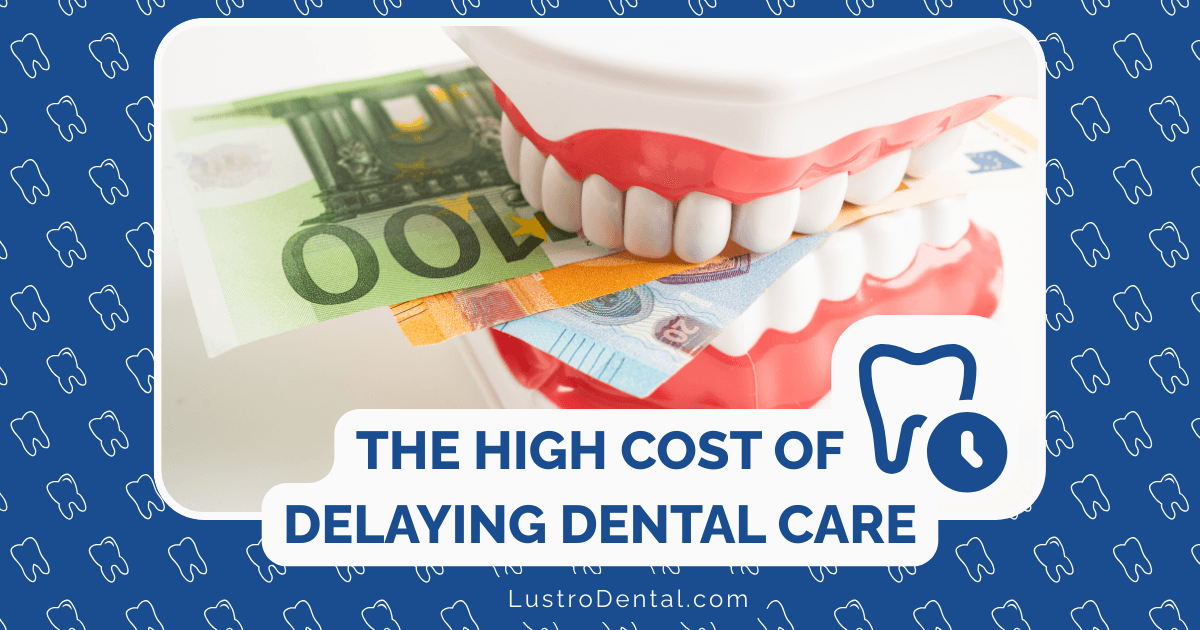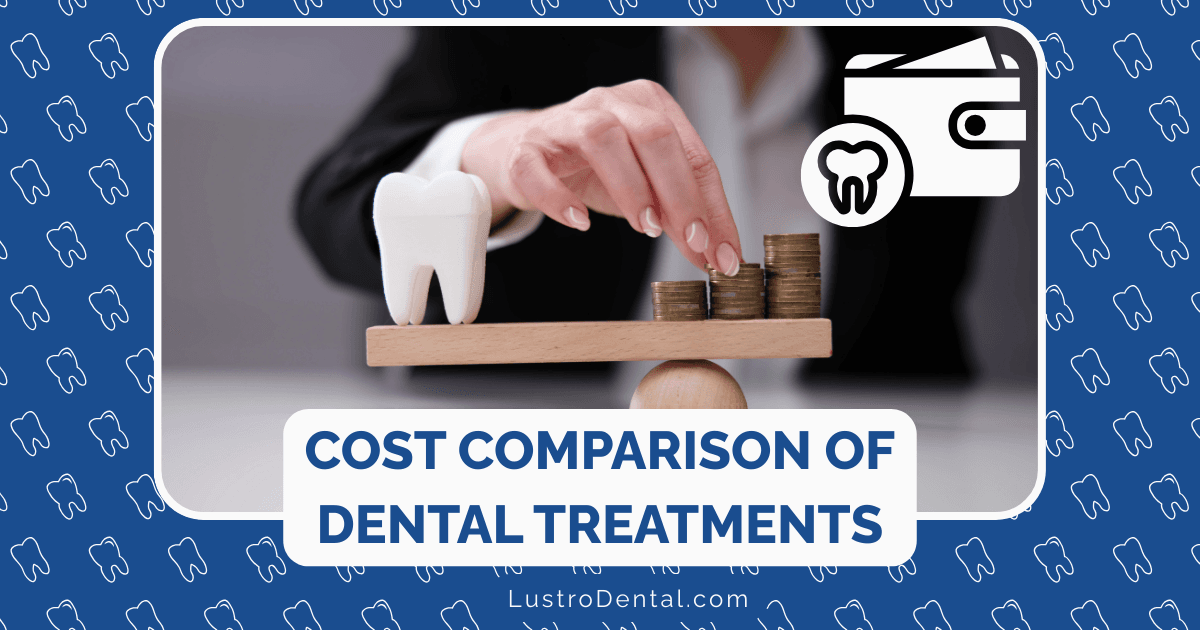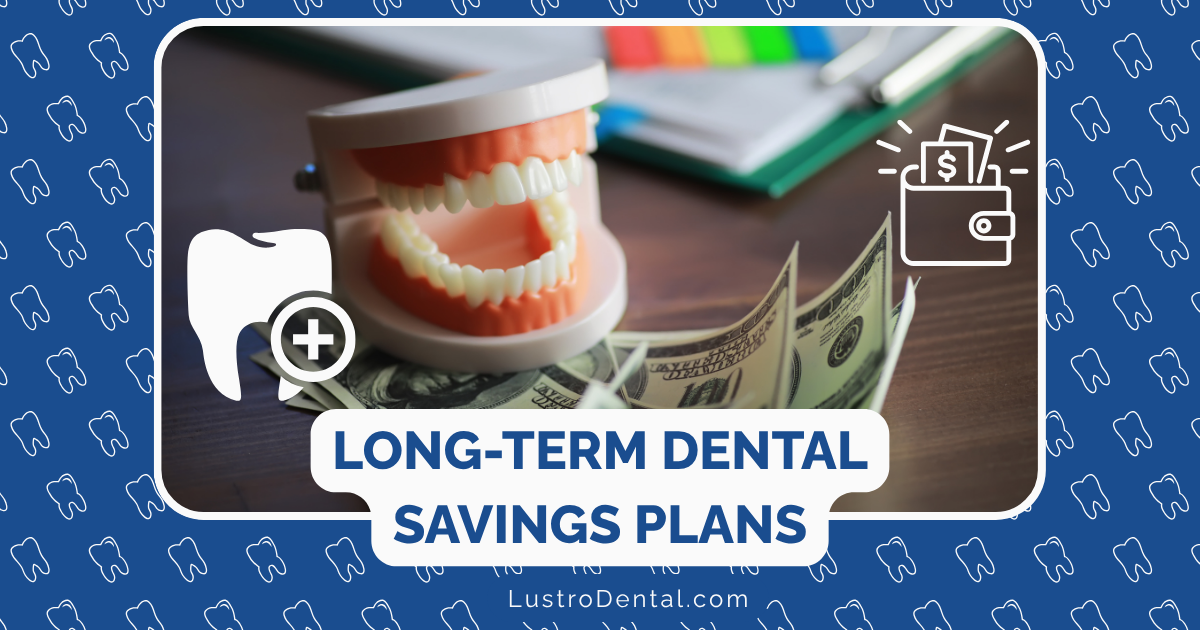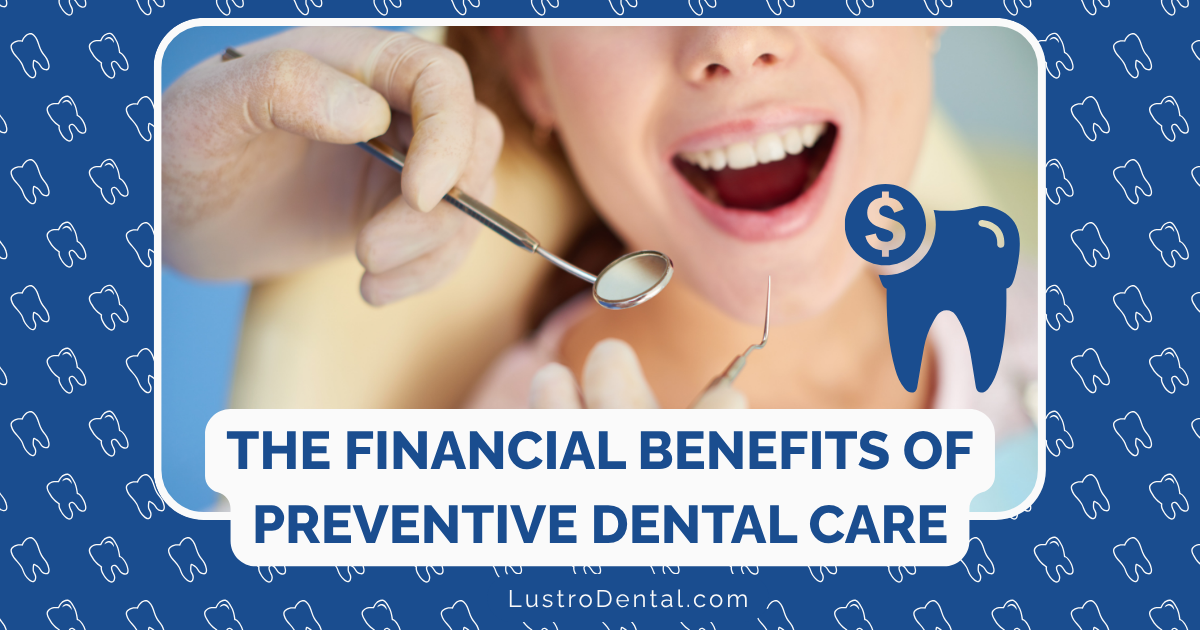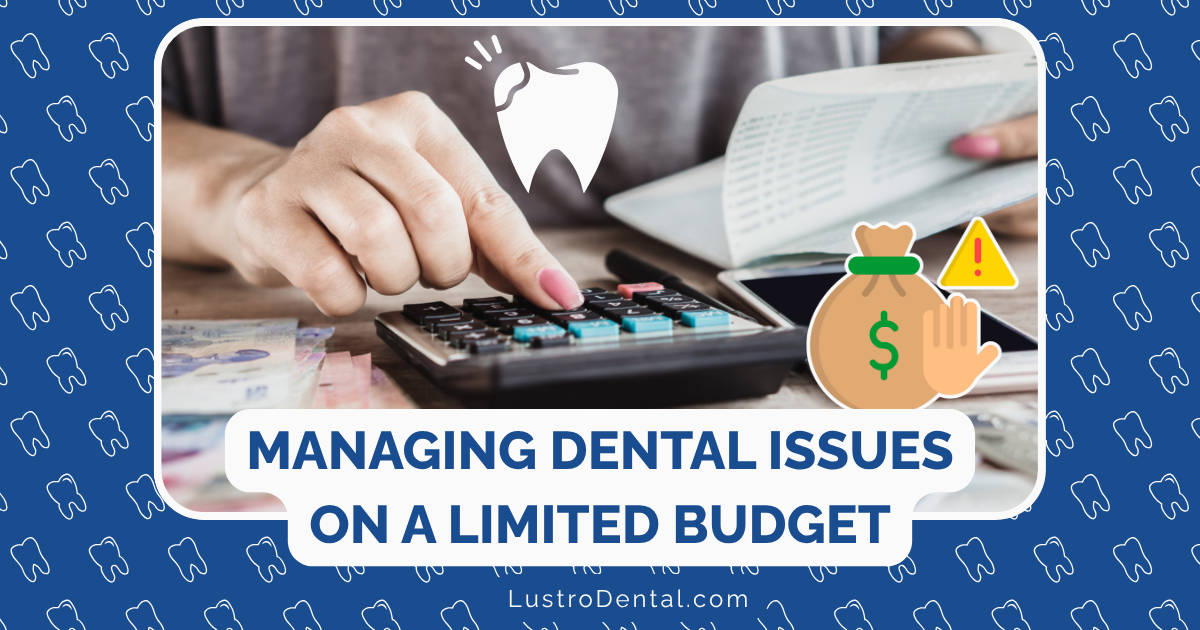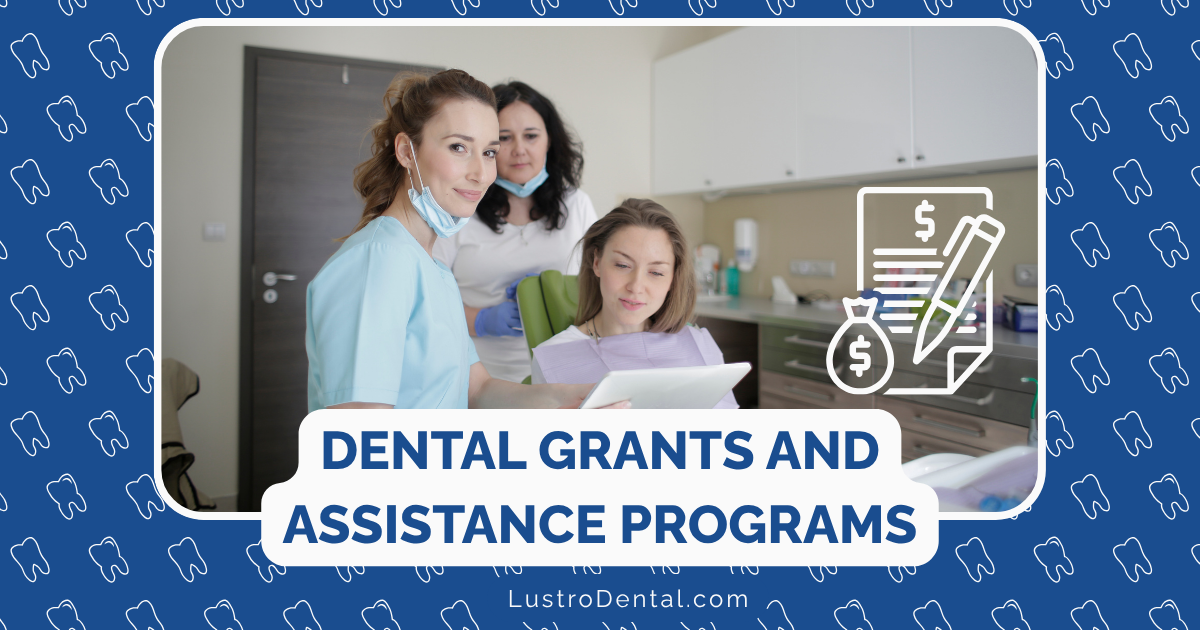Veterans’ Dental Benefits: Understanding and Accessing VA Dental Care
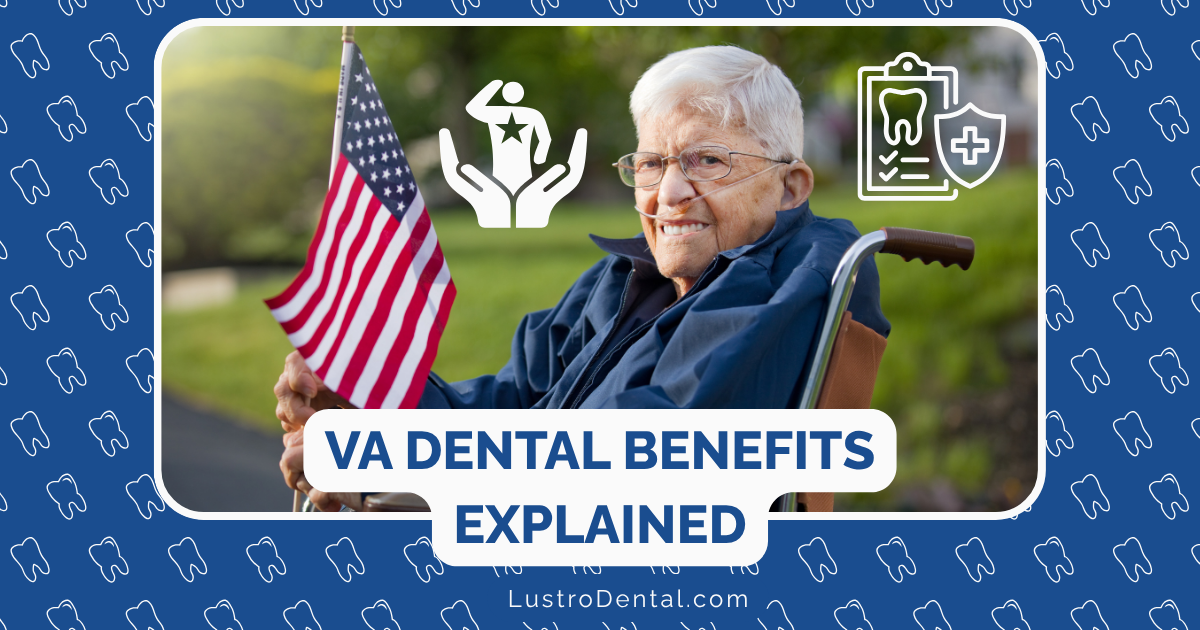
For many veterans, navigating the complex landscape of VA benefits can be challenging, particularly when it comes to dental care. Unlike general medical benefits, VA dental benefits operate under a different set of rules and eligibility requirements that often leave veterans confused about what services they qualify for and how to access them.
The reality is that VA dental benefits are not universal—they’re provided based on specific eligibility criteria, with different levels of coverage depending on a veteran’s service history, disability status, and other factors. Understanding these nuances is crucial for veterans seeking to maintain their oral health without incurring significant out-of-pocket expenses.
This comprehensive guide aims to demystify VA dental benefits, helping veterans understand their eligibility, the scope of available services, and how to effectively access the dental care they need.
The Eligibility Classification System: Who Qualifies for What
The VA uses a classification system to determine dental benefits eligibility, with each class corresponding to different levels of coverage. Let’s break down these classifications to help you understand where you might fit:
Class I: Service-Connected Dental Disability
Eligibility: Veterans with a service-connected dental disability or condition for which they receive compensation.
Coverage: Any needed dental care.
What This Means: If you have a dental condition that the VA has determined is directly related to your military service and you receive disability compensation for it, you qualify for comprehensive dental care through the VA.
Class II: Recently Discharged Veterans
Eligibility: Veterans who served on active duty for 90 days or more during the Persian Gulf War era.
Coverage: One-time dental care if you:
- Apply for dental benefits within 180 days of discharge
- Didn’t receive a complete dental examination and treatment before discharge
What This Means: This is essentially a one-time opportunity to address dental issues that weren’t treated during your service. The 180-day deadline is strict, so newly discharged veterans should apply promptly.
Class IIA: Service-Connected Noncompensable Dental Condition
Eligibility: Veterans with a service-connected noncompensable dental condition (a condition related to service but not severe enough to warrant disability payments) or a disability resulting from combat wounds or service trauma.
Coverage: Any dental care needed to maintain a functioning dentition (set of teeth).
What This Means: If you experienced dental trauma during combat or service, you may qualify for ongoing care to maintain those affected teeth, even if you don’t receive disability compensation for the condition.
Class IIB: Homeless Veterans Dental Program
Eligibility: Veterans enrolled in a VA-sponsored homeless program for 60 consecutive days.
Coverage: A one-time course of dental care to relieve pain, assist with finding employment, or enhance health outcomes.
What This Means: This program recognizes that dental problems can be a barrier to employment and overall well-being for homeless veterans, providing essential care to address these issues.
Class IIC: Former Prisoners of War
Eligibility: Veterans who were prisoners of war (POWs).
Coverage: Any needed dental care.
What This Means: Former POWs receive comprehensive dental coverage in recognition of the hardships they endured and the potential dental issues that may have resulted from their captivity.
Class III: Dental Condition Aggravating Service-Connected Condition
Eligibility: Veterans whose dental condition is determined by a VA dental professional to be aggravating a service-connected medical condition.
Coverage: Dental care to treat the oral conditions directly impacting the service-connected medical condition.
What This Means: If your dental issues are making another service-connected health problem worse, you may qualify for treatment of those specific dental problems.
Class IV: 100% Disabled or Unemployable Veterans
Eligibility: Veterans with:
- Service-connected disabilities rated at 100%, or
- Unemployability (unable to work) due to service-connected conditions, receiving disability compensation at the 100% rate
Coverage: Any needed dental care, excluding those with temporary 100% ratings.
What This Means: If you’re permanently rated at 100% disabled or considered unemployable due to your service-connected conditions, you qualify for comprehensive dental care.
Class V: Vocational Rehabilitation Program Participants
Eligibility: Veterans actively participating in a 38 U.S.C. Chapter 31 Veteran Readiness and Employment program.
Coverage: Dental care needed to:
- Enter, achieve goals in, or prevent interruption of the vocational rehabilitation program
- Hasten the return to the program
- Secure and adjust to employment during the period of employment assistance
- Make it possible to achieve maximum independence in daily living
What This Means: If you’re in a vocational rehabilitation program, dental issues that could interfere with your success in that program may be addressed.
Class VI: Scheduled for VA Inpatient Care
Eligibility: Veterans receiving VA care or scheduled for inpatient care for a medical condition complicated by a dental condition.
Coverage: Dental care to treat the complicating dental issue.
What This Means: If dental problems are making your medical treatment more difficult, the VA may provide dental care to address those specific issues.
Inpatient Status
Eligibility: Veterans currently receiving inpatient care in a hospital, nursing home, or supervised residential setting.
Coverage: Dental services needed to manage a health condition being treated by a doctor.
What This Means: While you’re an inpatient, dental issues that affect your overall health may be addressed as part of your comprehensive care.
The VA Dental Insurance Program (VADIP): An Option for Those Who Don’t Qualify
For veterans who don’t meet the eligibility criteria for VA dental care, the VA Dental Insurance Program (VADIP) offers an alternative. This program, made permanent by the Expiring Authorities Act of 2021, provides discounted private dental insurance to eligible veterans and their family members.
VADIP Eligibility
You may qualify for VADIP if you are:
- A veteran enrolled in VA health care, or
- A beneficiary of the Civilian Health and Medical Program of the VA (CHAMPVA)
VADIP Coverage Options
VADIP is offered through two private dental insurers: Delta Dental and MetLife. Both companies offer multiple plan options with varying levels of coverage and costs.
Delta Dental Plans
Delta Dental offers three PPO plans:
Enhanced Plan:
- Monthly premiums: $18.87-$64.50
- Annual maximum: $1,000
- Deductible: $50 (in-network and out-of-network)
- Coverage: 100% for diagnostic and preventive services, 50% for basic restorative services (in-network)
- Best for: Basic, routine dental care
Comprehensive Plan:
- Monthly premiums: $32.10-$116.74
- Annual maximum: $1,500
- Deductible: None (in-network), $50 (out-of-network)
- Coverage: 100% for diagnostic and preventive services, 60% for basic restorative, 50% for major restorative after 9 months (in-network)
- Best for: More extensive dental needs including crowns and implants
Prime Plan:
- Monthly premiums: $39.79-$169.23
- Annual maximum: $3,000
- Deductible: None (in-network), $50 (out-of-network)
- Coverage: 100% for diagnostic and preventive services, 70% for basic restorative, 70% for major restorative after 9 months (in-network)
- Best for: Maximum coverage for major procedures
MetLife Plans
MetLife offers two plan options:
Standard Option:
- Annual maximum: $1,300 (in-network), $1,500 (out-of-network)
- Deductible: None (in-network)
- Coverage: 100% for Class A (cleanings, X-rays, exams), 50% for Class B (fillings, periodontal maintenance), 30% for Class C (crowns, bridges, root canals, dentures) in-network
- Annual maximum increases by $200 after 12 months of enrollment
High Option:
- Annual maximum: $3,000 (in-network), $3,500 (out-of-network)
- Deductible: None (in-network)
- Coverage: 100% for Class A, 70% for Class B, 50% for Class C, and 50% for Class D (orthodontia) in-network
- Includes orthodontia coverage for dependent children up to age 19
- Annual maximum increases by $500 after 12 months of enrollment
VADIP Enrollment Process
Enrollment in VADIP is straightforward and can be done at any time (there’s no specific open enrollment period):
- Verify your eligibility: Ensure you’re enrolled in VA health care or CHAMPVA
- Choose a provider: Select either Delta Dental or MetLife
- Select a plan: Review the different coverage options and choose the one that best meets your needs
- Apply online or by phone:
- Delta Dental: Visit Delta Dental VADIP or call 855-460-3302
- MetLife: Visit MetLife VADIP or call 888-310-1681
- Provide required information: Including your VA health care or CHAMPVA enrollment details
- Begin using benefits: Once enrolled, you can start using your dental benefits according to your plan’s terms
Navigating the Application Process for VA Dental Benefits
If you believe you qualify for VA dental benefits under one of the eligibility classes, here’s how to apply:
Step 1: Determine Your Likely Eligibility Class
Before applying, review the eligibility classes described above to understand which category you might fall into. This will help you gather the appropriate documentation and set realistic expectations.
Step 2: Apply for VA Health Care
VA dental benefits are part of the overall VA health care system, so you’ll need to be enrolled in VA health care first. If you’re not already enrolled:
- Complete VA Form 10-10EZ (Application for Health Benefits)
- Apply online at VA.gov
- Call 877-222-8387
- Apply in person at your local VA medical center or clinic
- Mail a completed form to: Health Eligibility Center 2957 Clairmont Road, Suite 200 Atlanta, GA 30329
Step 3: Provide Documentation of Eligibility
Depending on your eligibility class, you may need to provide:
- Proof of service-connected dental disability
- Documentation of POW status
- Evidence of 100% disability rating
- Proof of participation in a vocational rehabilitation program
- Documentation of homelessness and participation in a VA homeless program
Step 4: Schedule a Dental Assessment
Once your application is processed and approved:
- Contact your local VA dental clinic to schedule an initial assessment
- Bring all relevant medical and dental records to your appointment
- Be prepared to discuss your dental history and current concerns
Step 5: Receive Your Treatment Plan
After your assessment, if you’re eligible for dental care, you’ll receive a treatment plan outlining:
- Recommended procedures
- Treatment timeline
- Any costs you might incur (though most eligible veterans receive care at no cost)
Tips for Accessing VA Dental Care Effectively
Navigating the VA dental care system can be challenging, but these strategies can help streamline the process:
1. Know Your Exact Eligibility Status
Request a written confirmation of your dental benefits eligibility class from the VA. This documentation can be helpful if questions arise about your coverage.
2. Understand Wait Times and Plan Accordingly
The average processing time for VA claims is approximately 131.5 days as of April 2025, according to the VA. Dental appointments may have additional wait times, so:
- Apply for benefits well before you need dental care
- Schedule routine appointments well in advance
- For urgent issues, communicate the urgency clearly when scheduling
3. Utilize the VA’s Online Tools
The VA has improved its digital services in recent years:
- Use My HealtheVet to manage appointments and communicate with your dental care team
- Check your eligibility and claim status online
- Access your dental records electronically
4. Consider Tele-Dentistry Options
Some VA facilities now offer tele-dentistry services for certain types of dental care:
- Initial evaluations of oral lesions
- Follow-up appointments
- Postoperative checks
According to a recent VA announcement, tele-dentistry programs like the one at Orlando VA are helping to streamline access to dental care, reducing wait times from weeks to days for certain evaluations.
5. Be Persistent and Advocate for Yourself
If you believe you qualify for dental benefits but face challenges:
- Request to speak with a patient advocate at your VA facility
- Contact your local Veterans Service Organization (VSO) for assistance
- Consider appealing denied claims if you believe they were incorrectly evaluated
6. Explore All Available Options
If you don’t qualify for comprehensive VA dental care:
- Check if you qualify for limited care under a different eligibility class
- Consider VADIP as an affordable alternative
- Look into other resources for veterans (discussed in the next section)
Additional Resources for Veterans Seeking Dental Care
Beyond VA benefits and VADIP, veterans have access to several other resources for affordable dental care:
Veteran-Specific Dental Programs
Dental Lifeline Network’s Donated Dental Services (DDS):
- Provides free dental treatment to eligible veterans
- Services donated by volunteer dentists and dental labs
- Apply through your state’s DDS program
Veteran Dental Financial Assistance Program:
- Offered by The Leukemia & Lymphoma Society
- Assists veterans diagnosed with blood cancer
- Covers necessary dental services before cancer therapy or for complications from therapy
- Available regardless of VA dental benefit class
- Contact LLS’s Information Resource Center at 800-955-4572 for application information
General Low-Cost Dental Options
Dental Schools:
- Many dental schools offer reduced-cost care provided by supervised students
- Find a dental school through the American Dental Association
Federally Qualified Health Centers (FQHCs):
- Provide dental services on a sliding fee scale
- Find a center near you using the HRSA Health Center Finder
Remote Area Medical (RAM) Clinics:
- Offer free dental care at pop-up clinics across the country
- No eligibility requirements or identification needed
- Check the RAM clinic schedule for events in your area
Common Challenges and How to Address Them
Veterans often face specific challenges when seeking dental care. Here’s how to address some of the most common issues:
Challenge: Determining Eligibility
Solution: Contact your local VA dental clinic directly and ask to speak with the eligibility coordinator. They can often provide the most accurate and up-to-date information about your specific situation.
Challenge: Long Wait Times
Solution:
- Schedule routine appointments well in advance
- For urgent issues, ask about emergency dental services
- Consider community care options if available in your area
- Explore tele-dentistry options for initial evaluations
Challenge: Limited Coverage
Solution:
- If you have partial coverage, prioritize your most pressing dental needs
- Combine VA benefits with other resources (like dental schools for procedures not covered)
- Consider supplementing with VADIP if you can afford the premiums
Challenge: Geographic Access
Solution:
- Ask about the VA’s community care program for veterans who live far from VA dental facilities
- Explore transportation assistance programs offered by the VA or veteran service organizations
- Consider tele-dentistry options when appropriate
The Importance of Dental Health for Veterans
The significance of dental care extends far beyond aesthetics—it’s a crucial component of overall health and well-being. For veterans, who experience higher rates of dental problems than the general population, addressing oral health is particularly important:
- Higher Prevalence of Dental Issues: According to recent statistics, 56% of veterans have active tooth decay, compared to 37% in the general population
- Impact on Overall Health: Poor oral health is linked to serious conditions including heart disease, diabetes complications, and respiratory infections
- Mental Health Connection: Dental problems can affect self-esteem and social interactions, potentially exacerbating mental health challenges
- Employment Barriers: Visible dental issues can create obstacles to employment opportunities, affecting economic stability
- Financial Burden: Veterans pay an average of 65% more in out-of-pocket dental costs than non-veterans, creating significant financial strain
By understanding and utilizing available dental benefits, veterans can address these challenges and maintain better overall health.
Advocating for Expanded Veterans’ Dental Benefits
While this guide focuses on navigating the current system, it’s worth noting that many veteran advocacy organizations are working to expand dental benefits for all veterans. If you’re interested in supporting these efforts:
- Contact your congressional representatives about the importance of comprehensive dental care for veterans
- Share your experiences—both positive and negative—with the VA dental system
- Support organizations advocating for expanded veterans’ healthcare benefits
- Participate in research studies about veterans’ oral health when opportunities arise
Conclusion
Navigating VA dental benefits can be complex, but understanding your eligibility and options is the first step toward accessing the care you need. Whether you qualify for comprehensive VA dental care, are eligible for VADIP, or need to explore alternative resources, taking proactive steps to address your oral health is an important part of your overall well-being.
As a veteran, you’ve served your country with honor—and you deserve access to quality dental care. By leveraging the information and strategies in this guide, you can take charge of your dental health and access the benefits you’ve earned through your service.
Remember that persistence often pays off when navigating the VA system. Don’t hesitate to ask questions, seek clarification, and advocate for yourself throughout the process. Your dental health is worth the effort.
Have you successfully navigated the VA dental benefits system? Share your experiences or tips in the comments below to help fellow veterans access the care they need.


